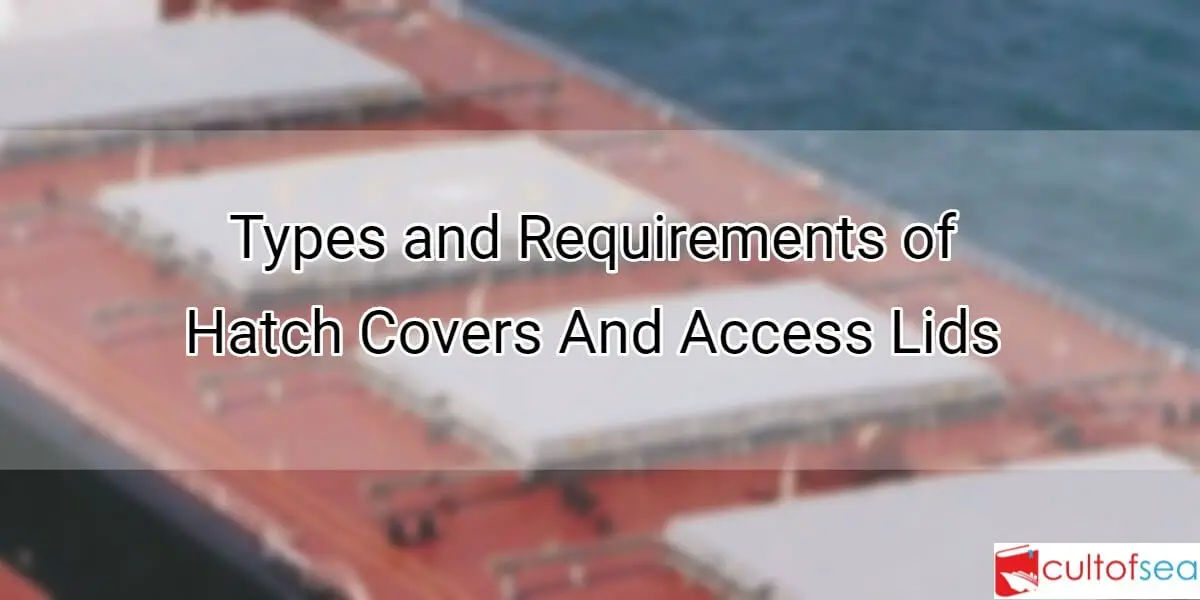HATCH COVER AND ACCESS LIDS General RequirementsBased on the findings of the risk assessment, appropriate control measures should be put into place to protect those workers whose health and safety may be put at risk by the operation of hatch covers and access lids. Any hatch covering used on a ship is to be of sound construction and material, of adequate strength for the purpose for which it is used, free from patent defect and properly maintained. A hatch covering is not to be used unless it can be removed and replaced, whether manually or with mechanical power, without … [Read more...]
